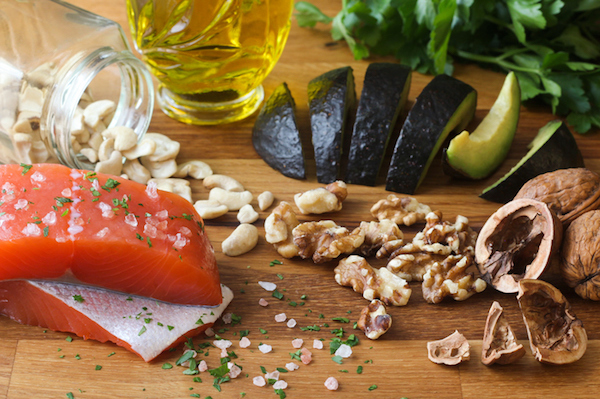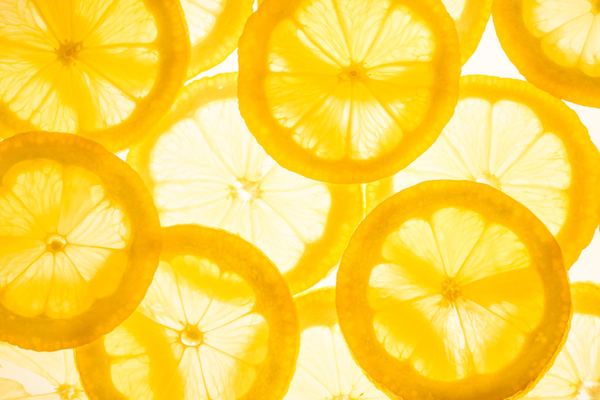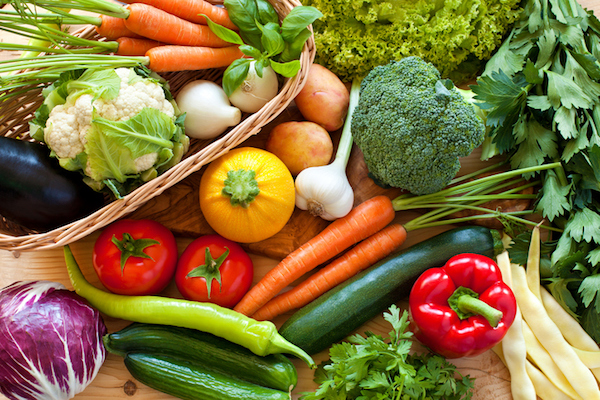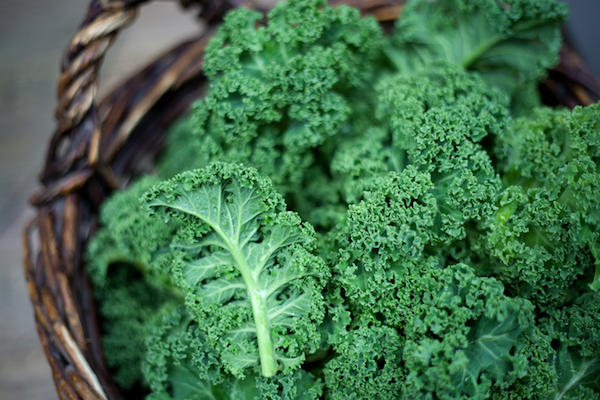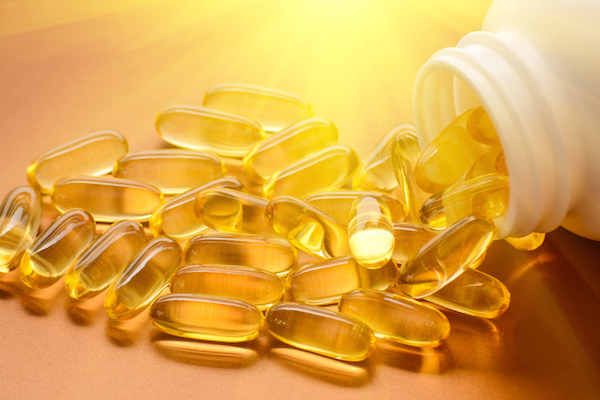
Not Getting Enough Vitamin D in Your Diet?
Vitamin D is essential to supporting your immune system and living a healthy life
The next article on the topic of eye healthy foods revolves around vitamin D, which is a fat soluble vitamin and a hormone building block. Also known as the “sunshine vitamin,” vitamin D is necessary for the body’s ability to absorb calcium, iron, magnesium, phosphate and zinc.
As an eye/health care provider, I’m exposed to viruses and bacteria on a daily basis. When I first started seeing patients, I found myself getting sick quite often. Then I decided to get my blood work done. As a result, I learned I was extremely deficient in vitamin D. This was the reason I was getting sick once or twice a month.
Once I made the necessary changes through diet, supplementation, and sunlight exposure, the number of sick days dropped significantly. I found myself feeling stronger and having more energy to push through my daily routine.
What is Vitamin D?
Without question, vitamin D is essential for a healthy immune system and strong bones. On the opposite end, the lack of vitamin D can attribute to a whole host of problems including a disease called Rickets, which can lead to soft bones and skeletal malfunctions in children.
Vitamin D deficiency has also been associated with increased risk of cardiovascular disease, cognitive decline and cancer.
The best way to obtain vitamin D is through sun exposure. That said, those of us who work indoors are likely on the low side. The best way to check your levels is through blood work, which can be taken by your primary care physician. Normal vitamin D levels range between 30 – 100. And the best time to get checked is during the winter AND the summer to see if you’re seasonally affected.
If your levels check out around 30, you should be fine. However, I believe you should be a little closer to 50 for ideal health.
Eye Healthy Benefits:
The website Medscape recently reported in an article, “adults with the lowest concentrations of circulating vitamin D had the highest risk for age related macular degeneration.”
I’ve talked about macular degeneration several times before. It primarily affects older adults and can result in visual loss and/or blindness.
The article also states, “It may therefore be possible that correction of vitamin D deficiency could improve the prognosis of AMD (age-related macular degeneration).”
Vitamin D From the Sun:
Vitamin D is most easily obtained through UVB rays from the sun. However, if you’re wearing sunscreen, it won’t be readily absorbed.
My advice (I know this sounds dangerous, but hear me out) is to spend some time in the sunlight without sunscreen. After about twenty to thirty minutes of moderate sunlight, apply sunscreen to avoid burn. If you have fair skin, you may only need about fifteen minutes. If you have darker skin, you may need closer to forty-five.
Always be cautious. And please remember to use your best judgment in this matter. If you live in Miami, your risk of sunburn is substantially higher than if you live in Canada.
To be on the safe side, you can even start with five minutes of sunscreen-free sunlight exposure per day.
Eye Healthy Foods:
People who can’t obtain the proper amount of vitamin D through sunlight can increase intake through diet and/or supplementation.
Most vitamin D rich foods come from fish:
- Sockeye salmon
- Cod
- Herring
- Catfish
- Oysters
- Steelhead Trout
- Cod Liver Oil
When purchasing fish, it’s better to choose wild caught over farm raised. Food brought in from the wild is typically left in its natural state. Food raised on a farm is subject to the farmers discretion, which can lead to the use of hormones and the spread of bacteria.
Other vitamin D rich foods include:
- Egg yolk
- Portobello Mushrooms
- Milk
Live in Your OcularPrime:
An extra source of vitamin D can come from supplementation. However, it’s best to get your blood work done before going down this particular road. There is such a thing as getting too much vitamin D (or toxicity), which can lead to hypercalcemia (a build up of calcium in the blood).
Make sure you communicate with your primary care physician to see what’s best for you.


